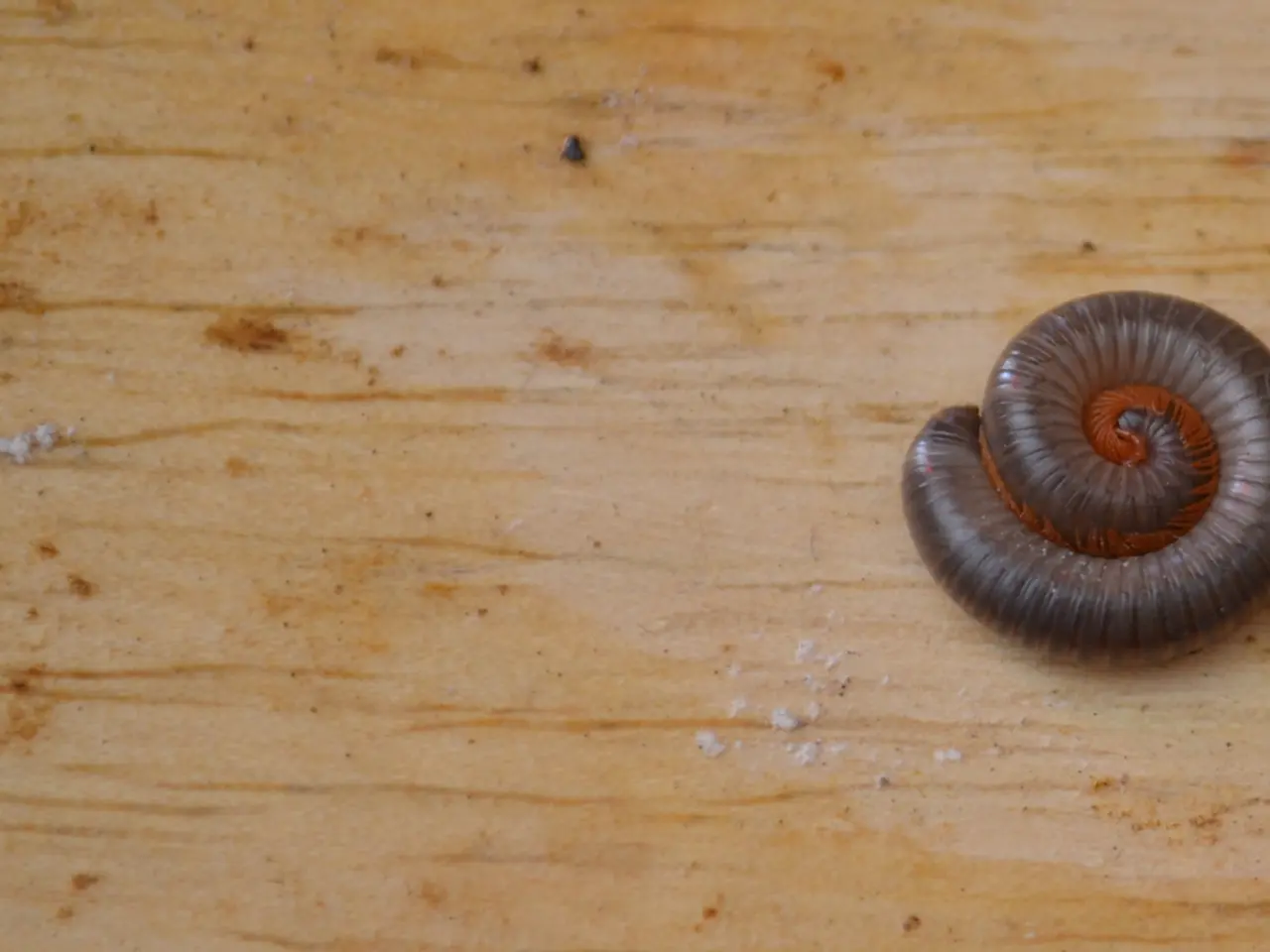Understanding Third Spacing: Its Causes, Stages, and Further Details
In the realm of critical care medicine, a concept known as third spacing continues to be a significant factor in the management of fluid balance. This term, initially coined during major surgeries, describes the abnormal accumulation of fluid in interstitial or "third" spaces, such as the peritoneal cavity, pleural space, or soft tissues, where fluid does not normally collect in significant amounts.
During the two distinct phases of third spacing, fluid moves from the blood into the interstitial spaces or body cavities, a process that lasts for 48-72 hours following surgery, trauma, or severe inflammation (Phase 1). This phase is followed by Phase 2, during which capillaries start to heal, blockages clear, and fluid volume shifts back into the blood, with the kidneys eventually excreting these fluids. This phase typically occurs during hospital recovery.
Third spacing can affect one organ, an area of the body, or multiple organs, and a range of conditions can lead to it, including intestinal obstructions, vein obstruction, pancreatitis, trauma, infection, radiation, sepsis, allergic reactions, surgery, a decrease in plasma proteins, lymphatic blockages, and increased capillary permeability.
While experts have never formally identified or localized these areas, and tracer studies have been unable to confirm the space's existence, third spacing remains a clinically recognized phenomenon. It describes fluid shifts from the vascular compartment into non-functional extracellular spaces, leading to relative intravascular volume depletion despite total body fluid excess.
The implications of third spacing are far-reaching. This fluid shift complicates fluid management in critically ill patients, making it important to monitor volume status closely and adjust fluid therapy accordingly. It can cause edema, tissue swelling, impaired organ function, and challenges in resuscitation.
However, there is ongoing debate regarding the exact mechanisms and the best diagnostic approaches to quantify third spacing accurately. While the traditional concept is widely accepted, some recent discussions question these aspects. Nevertheless, third spacing remains part of clinical reasoning.
During Phase 2, healthcare professionals monitor various vital signs to avoid complications. These may include changes in heart rhythm or electrical abnormalities, increased central venous pressure, the blood pressure in the heart's right atrium, a distended or swollen neck vein, electrolyte imbalances, and signs of dehydration. If severe symptoms occur, healthcare professionals may administer a diuretic, such as furosemide.
In conclusion, third spacing continues to be a relevant and important concept in fluid management and critical care medicine. While the understanding of this phenomenon evolves, it remains a crucial aspect of monitoring and treating critically ill patients. For those seeking detailed recent literature or guidelines specifically discussing updated consensus, a targeted literature search in critical care or physiology journals would be recommended.
- A range of medical conditions, such as colitis, pancreatitis, sepsis, and allergic reactions, can lead to third spacing, a clinically recognized phenomenon in critical care medicine.
- During Phase 1 of third spacing, fluid moves out of the blood and into the interstitial spaces or body cavities, leading to edema and impaired organ function.
- Third spacing can also be caused by atopic reactions, increased capillary permeability, or lymphatic blockages, with diabetes, obesity, and arthritis being potential risk factors.
- There is discussion in science about the exact mechanisms underlying third spacing, but the traditional concept remains widely accepted as a significant factor in the management of fluid balance and critical care medicine.
- In the realm of health-and-wellness, proper nutrition and medical-conditions management can help prevent complications associated with third spacing.
- Dermatitis, psoriasis, and ulcerative conditions may not directly cause third spacing, but they can indirectly contribute by increasing capillary permeability.
- Third spacing might also be a complication for individuals with COPD, due to decreased plasma proteins and increased capillary permeability.
- If severe symptoms of third spacing occur, therapies and treatments such as diuretics, like furosemide, might be administered to aid in recovery.
- Medical professionals might monitor various signs during Phase 2, including changes in heart rhythm, electrolyte imbalances, and signs of dehydration, to avoid complications related to third spacing.
- In future research and predictive studies, further investigation into the specifics of third spacing may lead to improved treatment strategies and better outcomes for patients with Alzheimer's disease and other vascular procedures.






